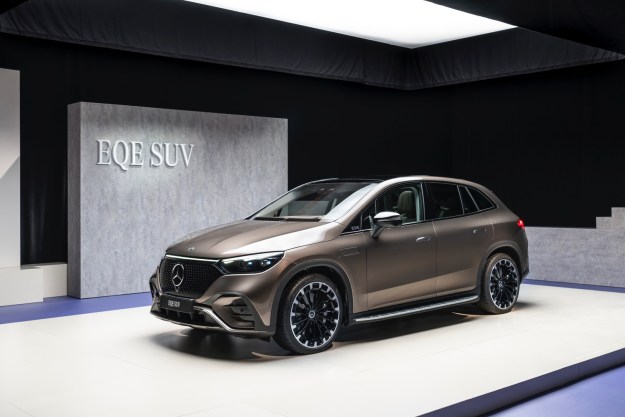You would think the Mercedes-Benz G63 AMG and its twin-turbocharged V8 would be enough to fulfill people’s post-apocalyptic fantasies, but it’s about to be trumped.
The V12-powered G65 AMG has been on sale outside the U.S. since 2012, denying buyers an extra four cylinders’ worth of German performance. However, that will change soon.
Automotive News (sub. required) reports that the G65 AMG will arrive on this side of the Atlantic as a 2016 model.
It should be worth the wait. This converted military vehicle packs the same 6.0-liter, twin-turbocharged V12 used in the S65 AMG. In the G-Class, it produces 612 horsepower and 738 pound-feet of torque.
Related: Mercedes-Benz G63 AMG 6×6 revealed
Connected to a seven-speed automatic transmission, it will get the nearly 6,000-pound G65 to 62 mph from a standstill in 5.3 seconds and on to a (limited) top speed of 143 mph.
Yet the G65 retains the beefy four-wheel drive system used in other G-Class models, so it’s just as capable of negotiating the Rubicon Trail as it is of winning a stoplight drag race.
All of that capability doesn’t come cheap though. The 2016 G65 AMG is expected to cost around $250,000 when it arrives in U.S. showrooms, likely sometime next year.
Mercedes is planning a major overhaul for the G-Class, so it’s unclear whether the G65 AMG we get in the U.S. will be based on the current version, or will be part of the revamped lineup. Stay tuned for more details.
Editors' Recommendations
- Mercedes-Benz EQG: range, price, release date, and more
- Mercedes-Benz EQS SUV vs. BMW i7: Ultra-luxury, head-to-head
- Mercedes ‘Little G’ electric G-Wagon: Rumored design, release date
- 2024 Mercedes-AMG S63 E Performance first drive review: high-performance plug-in
- Mercedes-Maybach EQS SUV is old-school luxury — electrified


